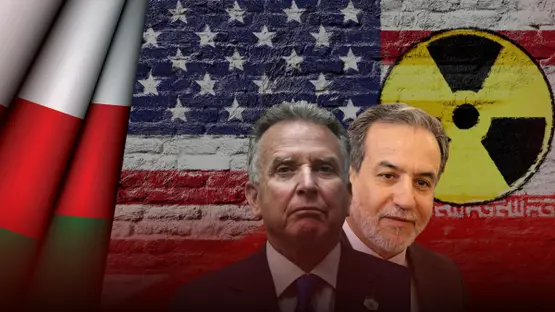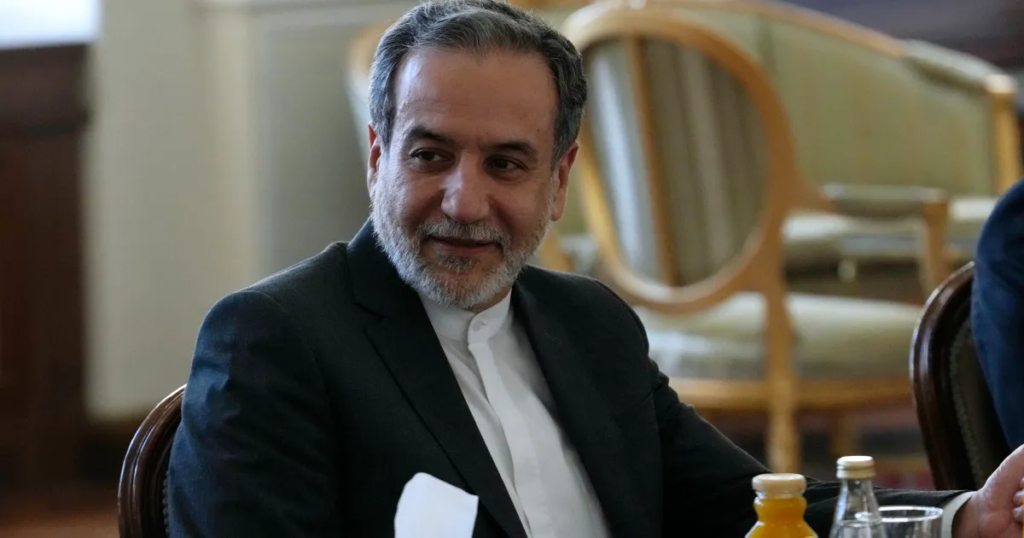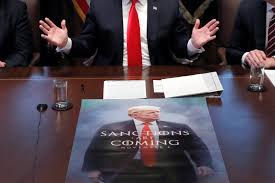The United States and Iran have been engaged in a delicate dance of diplomacy in recent months, with nuclear talks gaining momentum and raising hopes for a potential breakthrough. As of May 2025, reports indicate that these negotiations, primarily focused on Iran’s nuclear program and the possibility of sanctions relief, have shown “serious progress.” However, the shadow of potential military escalation looms large, as both nations navigate a complex web of geopolitical tensions, regional conflicts, and domestic pressures. This article explores the latest developments in the U.S.-Iran nuclear talks, the challenges ahead, and the broader implications for global stability.

A Renewed Push for Diplomacy
The latest round of U.S.-Iran nuclear talks, mediated through indirect channels in Oman, has been described as constructive and professional. Unlike previous negotiations, which often stalled due to rigid positions, recent discussions suggest a willingness to find common ground. According to sources close to the talks, both sides have made strides toward addressing key sticking points, including Iran’s uranium enrichment activities and the U.S. demand for strict oversight. A U.S. official recently noted that the talks were “positive,” signaling a potential shift toward a new agreement.
The negotiations aim to revive or replace the 2015 Joint Comprehensive Plan of Action (JCPOA), commonly known as the Iran nuclear deal, which was designed to limit Iran’s nuclear capabilities in exchange for sanctions relief. The Trump administration’s withdrawal from the JCPOA in 2018 and the subsequent reimposition of sanctions led to Iran scaling back its commitments, including enriching uranium to higher levels. Since then, tensions have flared, with Iran accelerating its nuclear activities and the U.S. maintaining a hardline stance.
Recent developments, however, suggest a thaw. The fifth round of talks in May 2025 did not collapse despite Iran’s public insistence on retaining some level of uranium enrichment. This resilience in the negotiation process has fueled optimism. Former President Donald Trump, whose envoy has been involved in the talks, described them as “very, very good,” hinting at possible “good news” in the near future. While a comprehensive deal remains elusive, the possibility of an interim accord or a framework allowing limited enrichment with older centrifuges is reportedly under consideration.

Why the Talks Matter
The stakes of these negotiations extend far beyond the U.S. and Iran. A successful deal could reduce the risk of nuclear proliferation in the Middle East, a region already fraught with conflict. Saudi Arabia’s Foreign Minister, Faisal bin Farhan, recently emphasized that a U.S.-Iran nuclear agreement could pave the way for greater regional cooperation, trade, and investment, easing a “huge burden of risk” for the region. This perspective underscores the potential for a deal to stabilize not just U.S.-Iran relations but the broader Middle Eastern geopolitical landscape.
On the other hand, failure to reach an agreement could escalate tensions, potentially leading to military confrontation. Iran’s advancements in its nuclear program, including the use of advanced centrifuges, have raised alarms in Washington and among its allies, particularly Israel. The U.S. has repeatedly stated that it will not allow Iran to develop nuclear weapons, and military options have not been ruled out. This backdrop of potential escalation adds urgency to the diplomatic efforts.
Challenges and Roadblocks
Despite the progress, significant hurdles remain. One major issue is Iran’s insistence on maintaining some level of uranium enrichment, which it views as a matter of national sovereignty. The U.S., however, has historically pushed for “zero enrichment,” arguing that any enrichment capability could be a stepping stone to nuclear weapons. Iranian Foreign Minister Abbas Araghchi noted that the talks were more “professional” than in the past, suggesting that the U.S. may have clarified its position, but a comprehensive deal is unlikely in the near term if the zero-enrichment demand persists.
Another challenge is the issue of sanctions relief. Iran has demanded the lifting of economic sanctions imposed by the U.S., which have crippled its economy, particularly its oil exports. The U.S., in turn, seeks guarantees that Iran will comply with strict verification measures to ensure its nuclear program remains peaceful. Balancing these demands requires careful negotiation, as both sides face domestic pressures. In Iran, hardliners argue against concessions, while in the U.S., political divisions could complicate Congressional approval of any new deal.
Regional dynamics further complicate the talks. Israel, a staunch opponent of Iran’s nuclear ambitions, has conducted covert operations and airstrikes targeting Iranian facilities in the past. Any perceived leniency in a U.S.-Iran deal could prompt Israel to take unilateral action, potentially destabilizing the region. Meanwhile, Iran’s support for proxy groups like Hezbollah and its involvement in conflicts in Syria and Yemen add layers of complexity to the negotiations.

The Human Cost of Failure
The consequences of failing to reach an agreement are not just geopolitical—they are deeply human. Iran’s economy has suffered under years of sanctions, leading to skyrocketing inflation, unemployment, and shortages of essential goods like medicine. Ordinary Iranians bear the brunt of these economic hardships, and prolonged tensions could exacerbate their struggles. On the other side, the specter of military escalation carries the risk of devastating conflict, with potential casualties and displacement on a massive scale.
For Americans, the stakes are equally high. A nuclear-armed Iran or a military confrontation could have far-reaching consequences, including disruptions to global energy markets and increased risks to U.S. troops stationed in the Middle East. The Biden administration, and potentially a future Trump administration, faces the challenge of balancing diplomacy with a firm stance to avoid appearing weak in the face of Iran’s provocations.
A Path Forward?
Despite the challenges, the fact that talks have continued without collapsing is a positive sign. The involvement of neutral mediators like Oman has helped maintain open channels of communication, even when direct talks between the U.S. and Iran were not feasible. Some analysts speculate that a “principles-based” interim accord could serve as a stepping stone, allowing Iran to maintain limited enrichment under strict international oversight while providing partial sanctions relief. Another possibility is a regional consortium that includes Iran in cooperative nuclear activities, though this idea remains speculative.
Public sentiment, as reflected on platforms like X, shows cautious optimism mixed with skepticism. Some users highlight the professionalism of the talks as a step forward, while others warn that entrenched positions on both sides could derail progress. The complexity of the issue means that any agreement will require compromise, transparency, and sustained commitment from all parties.
Looking Ahead
As the U.S. and Iran move toward the next phase of negotiations, the world watches closely. A successful deal could mark a turning point in U.S.-Iran relations, reducing the risk of conflict and fostering stability in the Middle East. However, the path to such an outcome is fraught with obstacles, and the specter of military escalation remains a sobering reminder of what’s at stake.
For now, the progress in these talks offers a glimmer of hope. Both sides appear willing to engage in good faith, and the international community, including regional players like Saudi Arabia, sees the potential for a deal to transform the region. The coming weeks and months will be critical in determining whether diplomacy can prevail over the forces of confrontation.
Read More :- Social Media Platforms Test New Ad Formats, Prioritizing Short-Form Video Content in the USA






